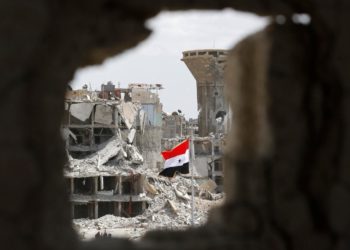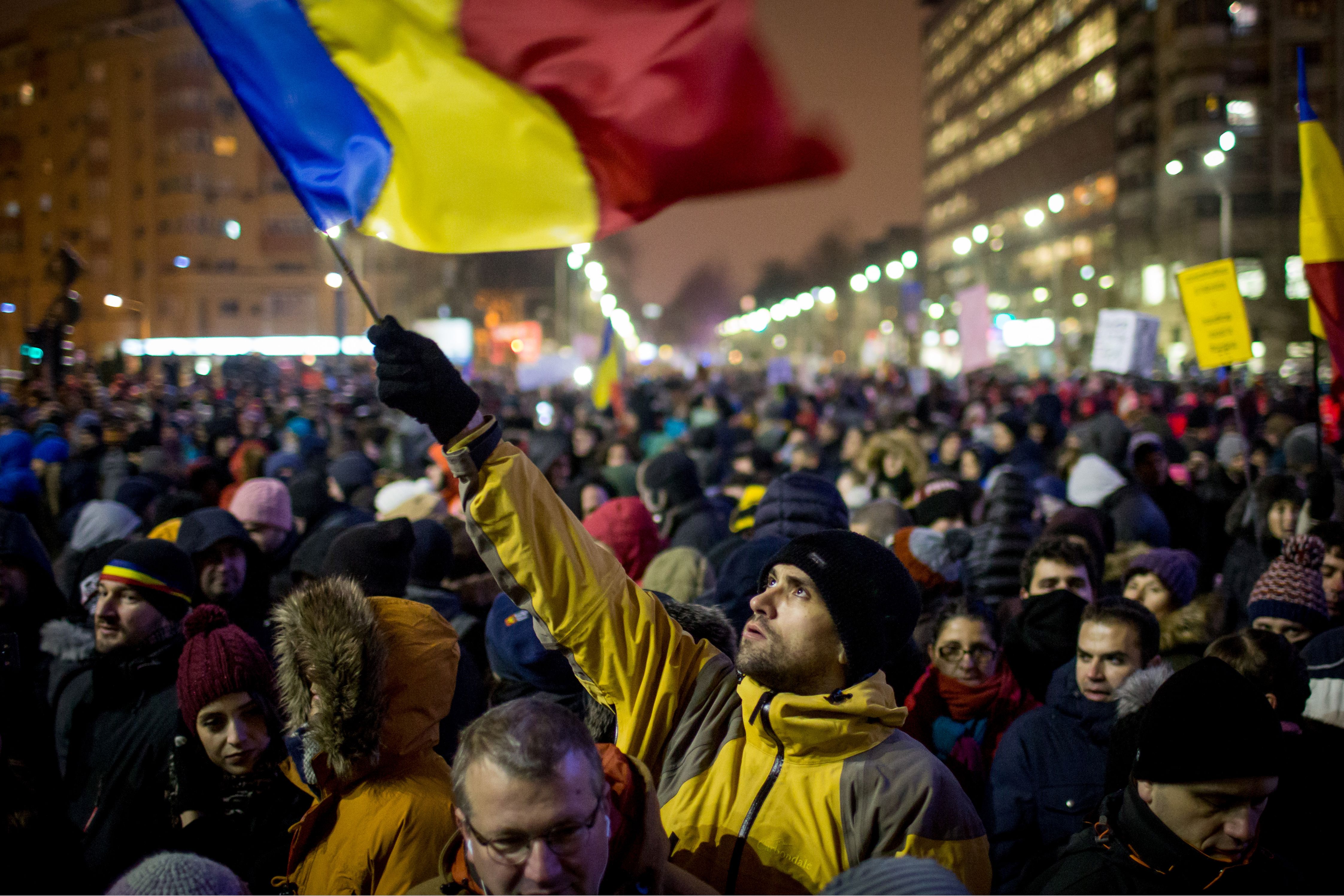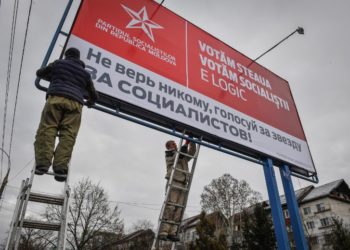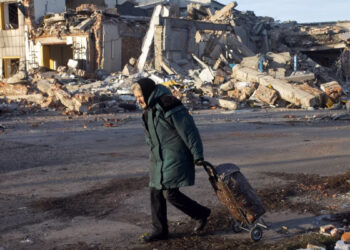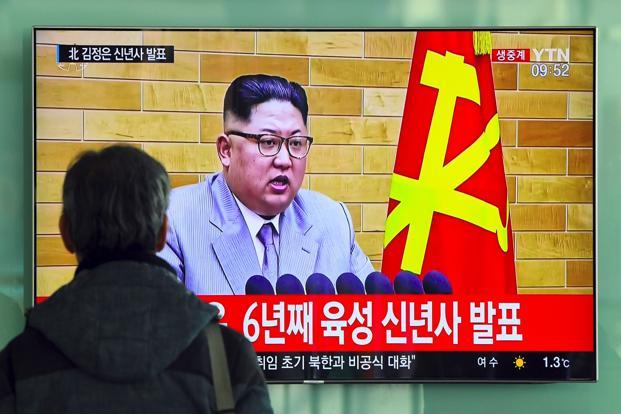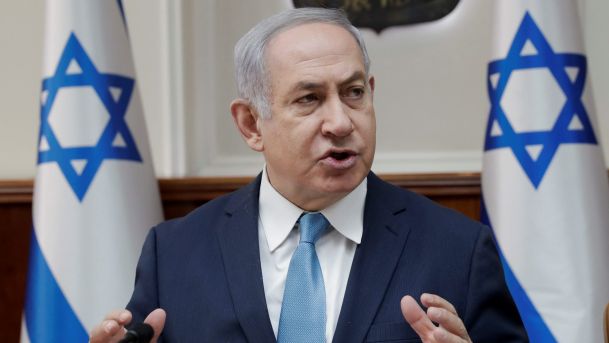A spokesperson for the U.S.-led Coalition confirmed on Wednesday that Russian and Syrian government forces have crossed the Euphrates river near Deir Ezzor, not far from where Syrian Democratic Forces were hit by an airstrike over the weekend.
“We confirm Russian and Syrian regime forces have moved east of the Euphrates River,” the spokesperson said in an email to The Globe Post. “The Russians are providing air support to Syrian Regime operations to reclaim territorial control over the area around Dayr az Zawr.”
Russian defense ministry spokesperson Major General Igor Konashenkov said on Tuesday that Syrian government troops crossed to the east bank of the Euphrates near Deir Ezzor.
The ISIS Hunters, a paramilitary special forces unit in the Syrian Arab Army, claimed on social media on Monday that its troops had crossed and captured Marrat, Sabhah and Mazlum, and later that they had taken positions near Khusham. The Syrian Ministry of Defense has only said that it captured a nearby island from ISIS.
Finally there! #ISIS_Hunters are first to traverse and intrench on the left side of #Euphrates #ISIS #Syria #DeirEzzor #ديرالزور #سوريا pic.twitter.com/aKETvpqgS0
— ISIS Hunters (@ISIS_Hunters) September 18, 2017
The ISIS Hunters unit, attached to the SAA’s 5th Assault Corps, is reportedly funded and equipped by Russia, and trained in Latakia in western Syria by Russian special forces. The unit was prominent in the recapture of Palmyra earlier this year, and formed the vanguard for the recent regime offensive from there to Deir Ezzor city.
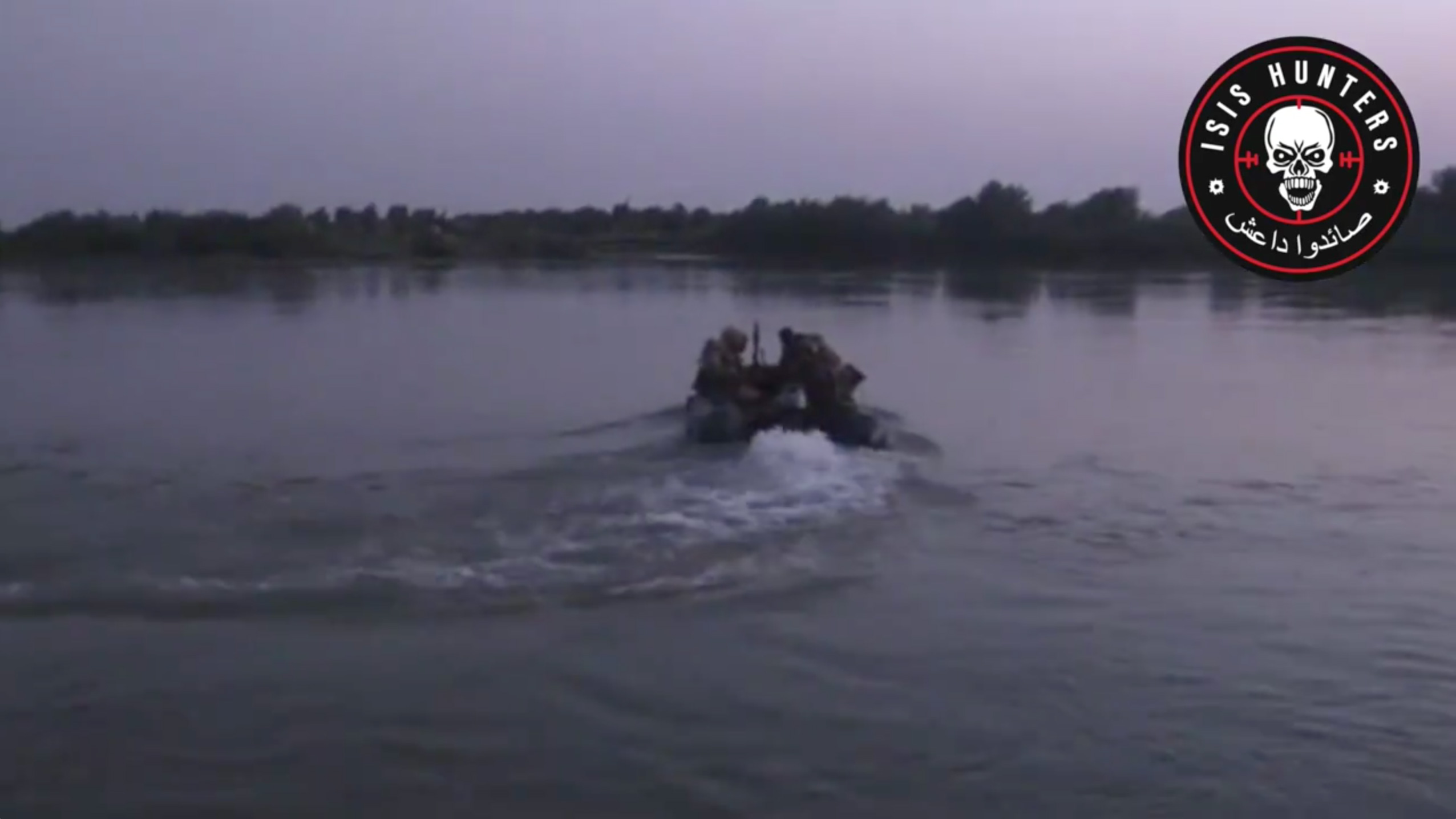
Increase to Euphrates flow?
Konashenkov said the water level in the Euphrates had risen significantly since the regime forces first crossed, blaming the SDF for increasing water flow in the river from upstream dams near Tabqa and Raqqa. He said the flow of water in the river “nearly doubled to two meters per second.”
“Since there have been no rains, the only source of such changes in the water situation is man-induced water discharge at dams upstream the Euphrates,” he said.
The Coalition spokesperson told The Globe Post that it is “not aware of any direct intervention” to increase water flow in the Euphrates, adding that “a number of factors will impact on water levels.” Russian spokesperson Konahenkov on Tuesday claimed that the SDF had intentionally increased water flow in the river to hamper the advance by Syrian government forces and their allies.
Konashenkov further claimed that that Coalition and SDF forces are providing medical aid for ISIS, a claim the Coalition spokesperson strongly denied.
“Claims that the Coalition is providing medical aid to ISIS are false. However, the Coalition and its partner forces uphold the Law of Armed Conflict and respect the human rights of enemy combatants and civilians,” the spokesperson said.
Deir Ezzor, a complex battlespace
Oil-rich Deir Ezzor is the only Syrian province where ISIS still holds significant territory. Syrian government and allied forces including Russia are mounting an anti-ISIS offensive west of the Euphrates river while the SDF is conducting a Coalition-backed campaign against ISIS on the east side, where the majority of Syria’s oil wells are located.
With regime troops now on the east bank, within 4 miles (6 kilometers) of SDF forces, de-confliction between the sides has gained even more importance.
DEIR EZ ZOR
Update September 19https://t.co/xTqTfa9lBV pic.twitter.com/ErNCowDkF8
— Lucio Cienfuegos (@comcen76) September 19, 2017
The airstrike on the SDF sparked high-level discussions about de-confliction between the Coalition and Russia. Following the incident, US Secretary of State Rex Tillerson spoke to his Russian counterpart Minister Sergey Lavrov, and Gen. Joe Dunford, Chairman of the US Joint Chiefs of Staff discussed de-confliction with Russia’s Gen. Valery Gerasimov.
The Coalition blamed Russia for the airstrike, a claim denied by a Russian spokesperson.
Gen. Dunford said on Sunday that the two sides were working to “re-establish deconfliction at the Euphrates river,” adding that the battlespace in Deir Ez-Zor is “complex and crowded,” making de-confliction more difficult than previously was.
Dunford’s spokesperson, Navy Capt. Greg Hicks told The Globe Post on Monday that, at Dunford’s suggestion, the generals agreed that operational commanders should be in contact because dynamic troop movement on both sides was making tactical-level de-confliction crucial.
“Russia’s Sept. 16 strike that wounded Coalition partner forces, as the Coalition warned it might, underscores the need for all parties to recommit themselves to de-conflict their operations responsibly and professionally,” the Coalition spokesperson said on Wednesday. The spokesperson added that the Coalition “will continue de-confliction with Russian officials” but again warned that it will protect “our own and our partners’ forces.”
Regime forces crossing the river could significantly impact on Coalition and SDF plans to clear ISIS from the Khabur river valley, the primary goal for Deir Ezzor Military Council, the local, mainly Arab SDF component force battling ISIS in the area.
In the longer term, the long-held Coalition objective of driving ISIS from the middle Euphrates river valley (MERV) between Deir Ezzor and Al Bukamal at the Iraq border will likely become much more difficult. Planning for the tactical goals of taking towns important to ISIS like Mayadin and Al Bukamal on the Syrian side and Qaim on the Iraq side increases in complexity.
Coalition spokesperson Col. Ryan Dillon emphasised the importance of de-confliction for the Khabur river valley offensive at a press conference last week. Referring to the noticeable uptick in airstrikes in the MERV, Dillon said the Coalition was targeting senior ISIS leaders, command and control locations, chemical and biological weapons caches and other important military targets, an indication that battlefield-shaping operations are underway.
The Globe Post asked the Coalition if the regime crossing the Euphrates would have an impact on its plans for the MERV operation. The spokesperson would not discuss “specific details pertaining to ongoing operations or de-confliction efforts,” but said that “The Coalition’s mission in Syria is to defeat ISIS, and Coalition forces will remain in Syria as long as the Syrian Regime is unable to destroy ISIS pockets and prevent the terrorists’ resurgence.”



